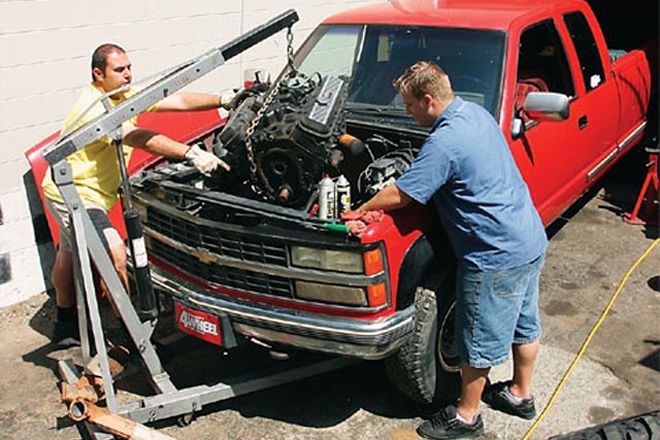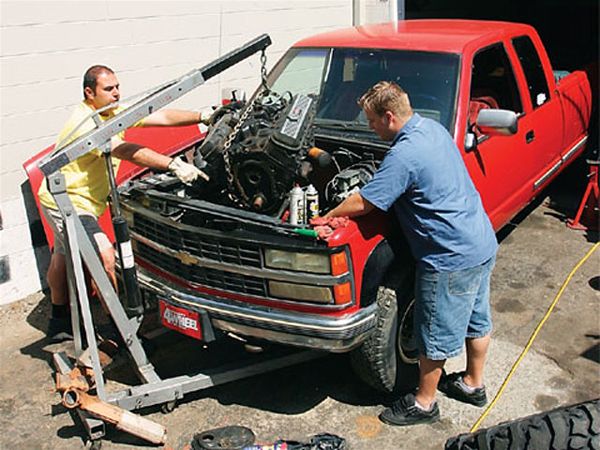
 Fred Williams
Brand Manager, Petersen’s 4Wheel & Off Road
Fred Williams
Brand Manager, Petersen’s 4Wheel & Off Road
Here's the scenario: You're looking around for a cheap project truck and find a 4x4 in the weeds, behind a barn, or next to the local garage. You glance underneath and find good running gear, plus maybe it's already lifted or has some muddies bolted on, but when you pop the hood you find out why it's sitting. The engine bay hides one of the following: a swapped-in or original engine that won't run, the stock engine but partially disassembled, or a gaping hole where the engine used to be. After a bit of negotiating with the owner you make the deal of the century and leave to borrow a trailer or call a tow truck in order to get your new "cheap" project home. It should be easy, right? Slap an engine in there, go wheeling, have fun, life is great...right? Sometimes.

We did exactly the above and thought we would be hitting dirt in no time, but like every project that needs to be done before we grow old and gray [or grayer-Ed.] it didn't just fall together. Hindsight has revealed many bits of wisdom that you should considered before dragging home a project without a running powerplant. First things first: The more complete the truck, the easier it will be to get it running. Even if the engine has been sitting for 50 years, if you have all the auxiliary parts then either rebuilding or replacing parts will be more trouble-free. Second is the concern of smog. That four-letter word devised to control the emissions of any late-model vehicle can be the bane of anyone engine swapping, upgrading, or rebuilding a four-wheeler. If at all possible, get a pre-smog truck to start with (for your area), because otherwise you can be chained to an iron ball requiring air pumps, catalytic converters, and miles of vacuum lines. Some smog-era trucks are so castrated for emissions that even a solid running big-block still feels like a Pinto (ask us how we know). And finally, if it has a computer you better have a healthy checking account. Computerized and electronically controlled engines and transmissions are great when new, but given 15-plus years of use, the deterioration of the switches, sensors, and plugs used to control and check up on them, plus multiple owners installing multiple grades of stereo, lighting, and security systems, can leave your cheap truck a rats nest of low-grade connectors, shorts, and mismatched wires. All of this can leave your computer-controlled 4x4 stranded or your checkbook smoking. Consider this the voice of reason reminding you that you truly do get what you pay for, and sometimes cheap can be expensive.








 PhotosView Slideshow
PhotosView Slideshow






